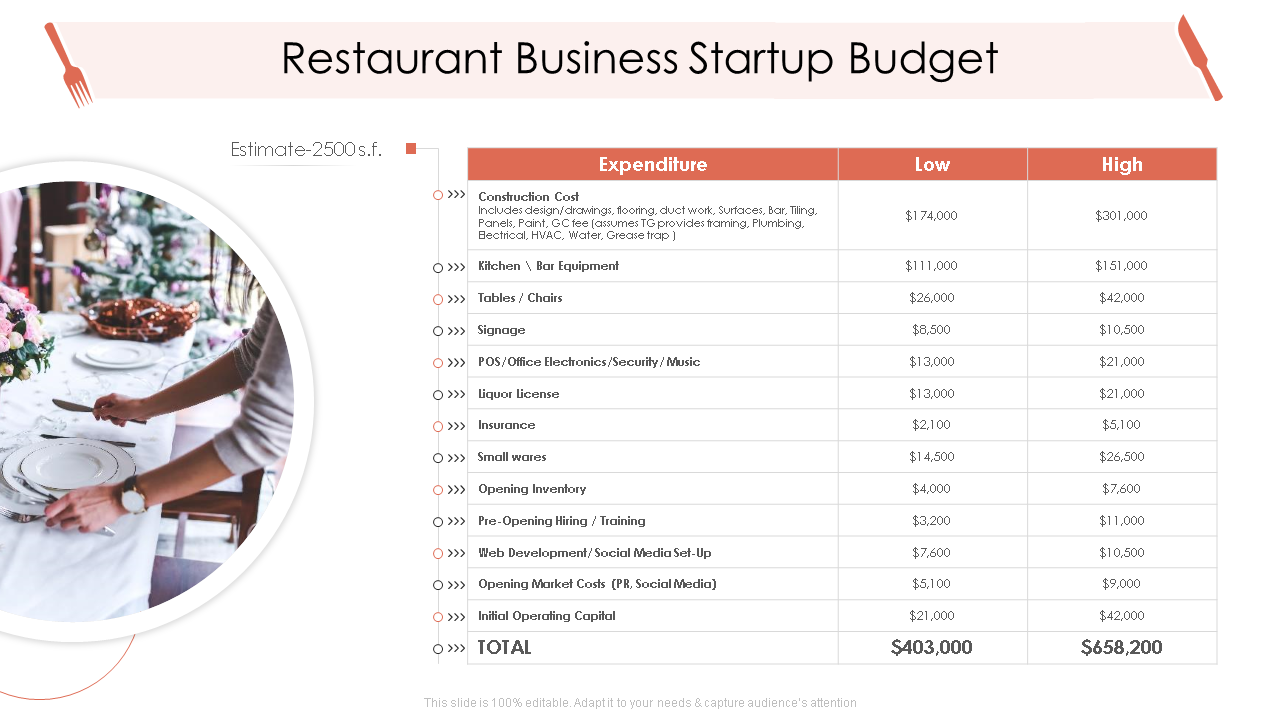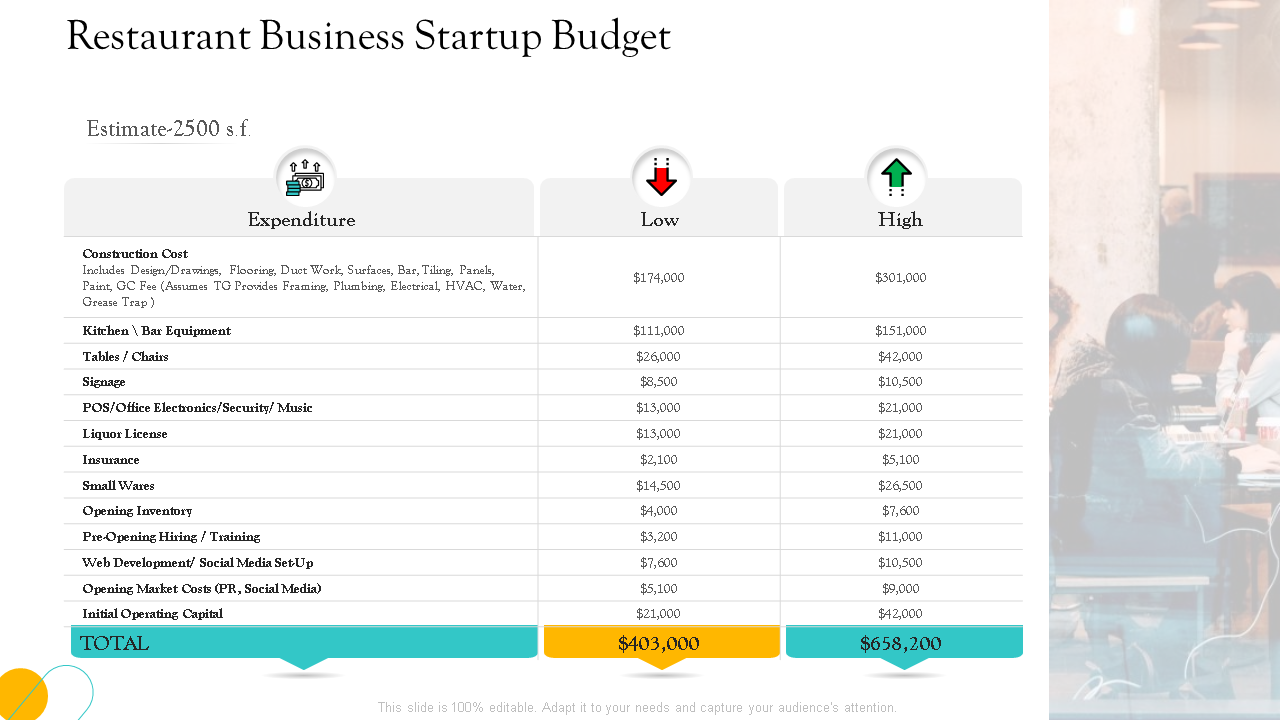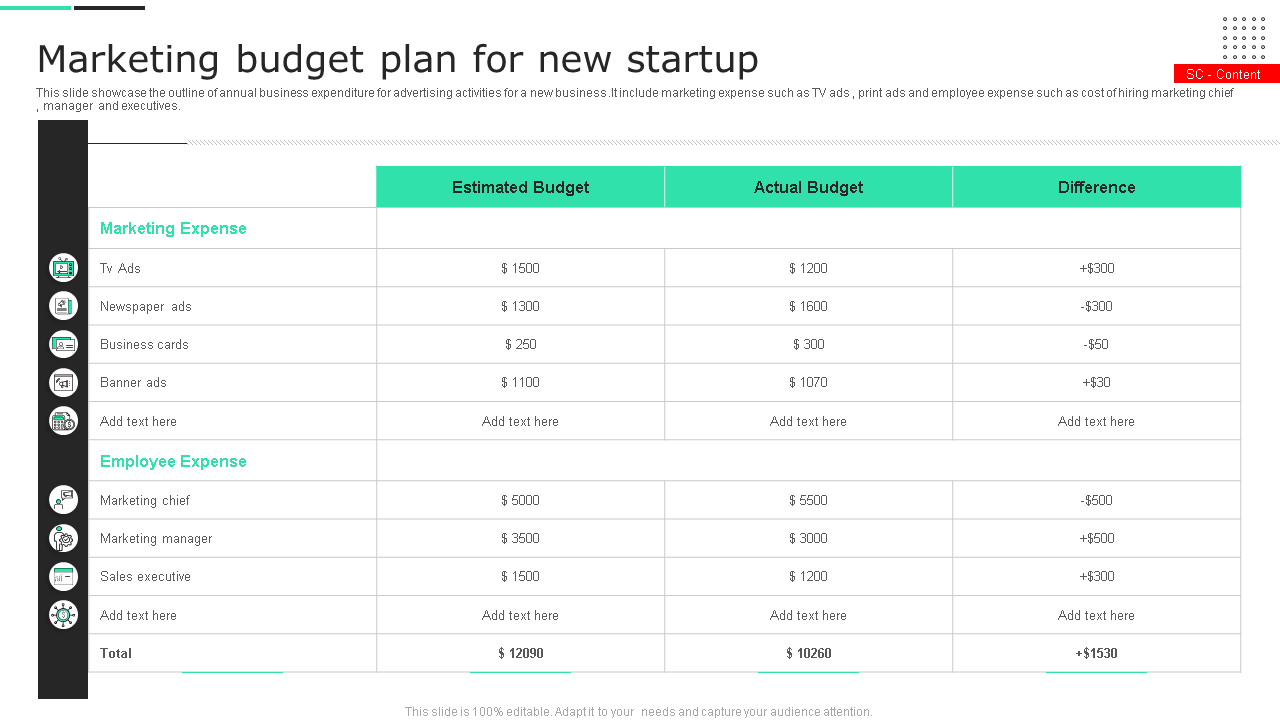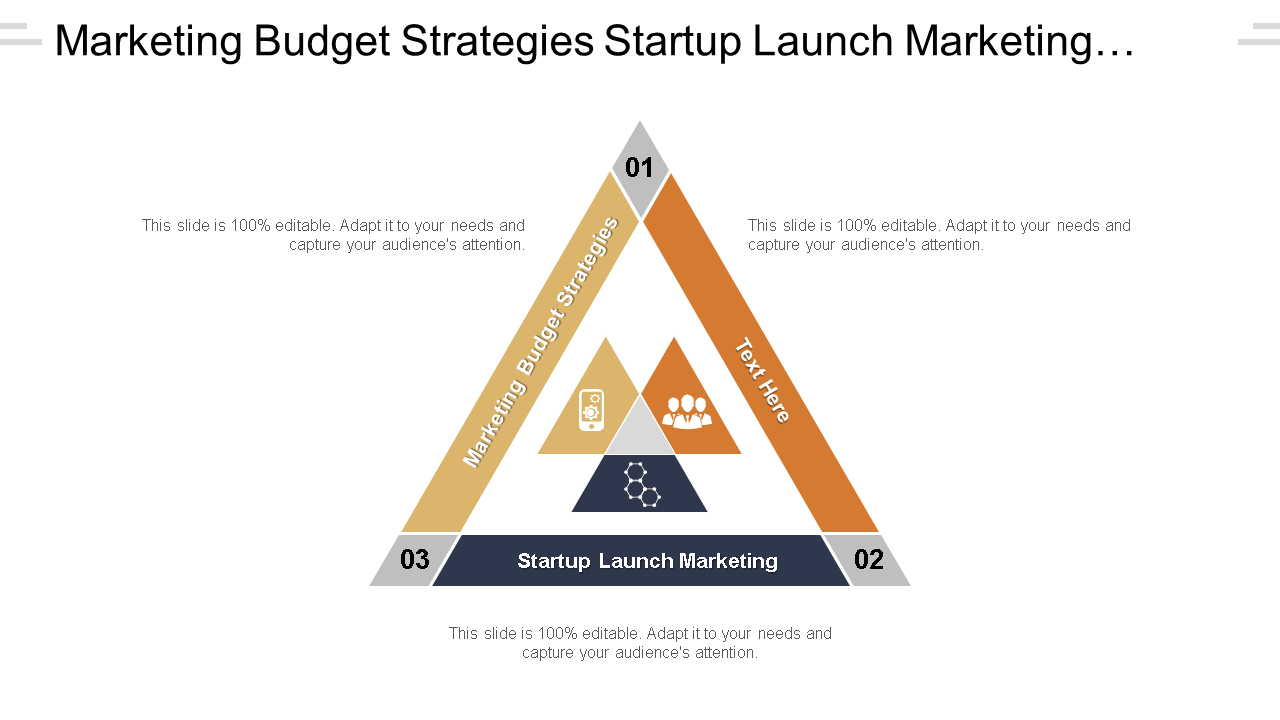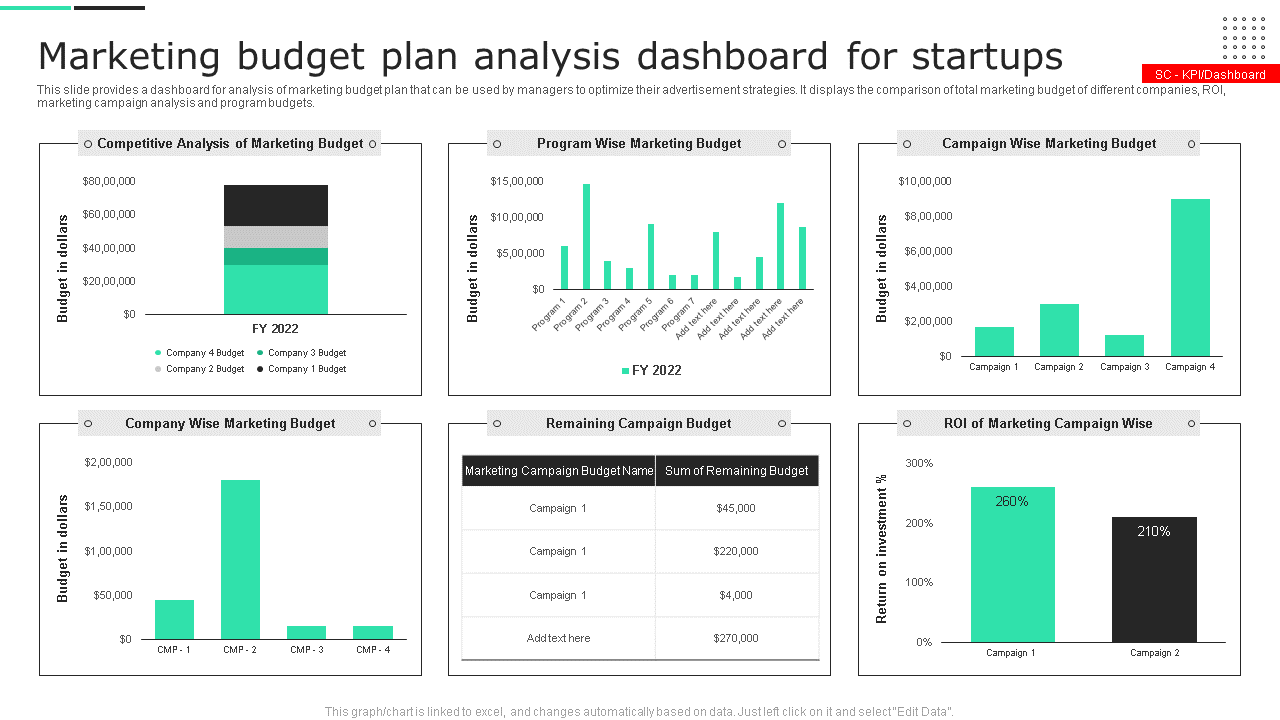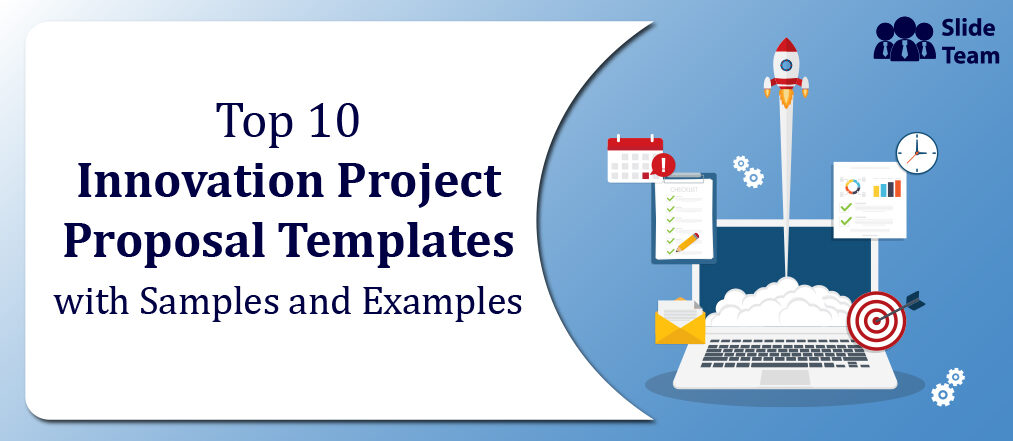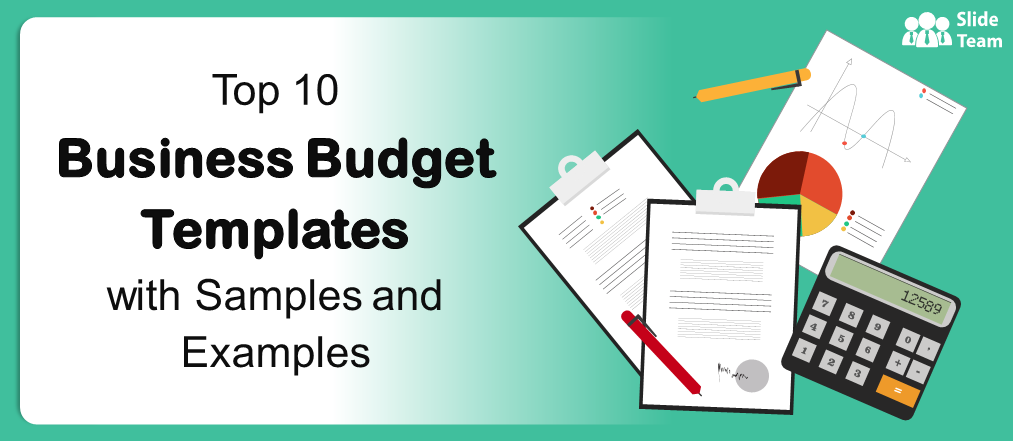Imagine shooting a bullet into a big barn of hay. It's fun, but it's not productive. But when you hit a specific target on the same barrel, you'll know where you went wrong. The same happens with your restaurant budget. If you're not measuring your target against a budget, you're just treating it like a fun hobby.
Digging into numbers
Budgets and numbers may sound like a snooze alert, but without a document detailing your money input and output into a business, it's impossible to track your profits, losses, and investments. The sales volume your business generates is inconsequential compared to what you do with the money. Wouldn't it be nice to know the plan for the success of your business, family, and employees?
Budgets allow you to weather the storm of uncertainties. These give you the capability and the ability to understand business and handle any issues that come to plague it over time.
Set the groundwork to examine your business budgets to boost your business’s productivity with our pre-designed top-ten business budget templates!
What’s a restaurant budget?
A restaurant budget is a financial document that helps track the following:
- Office space
- Licenses and permits
- Insurance
- Food & beverage expenditure
- Equipment & supplies
- Labor cost
- Employee salaries
- Cost of goods sold in each category
- Marketing budget
- Social media budget
Remember not to confuse the sales forecast with your restaurant budget. You need to stay up to speed with current industry trends and factor in the above-listed costs before embarking on the creation of a restaurant budget.
Restaurant budgeting is not infallible, no matter how impeccable your budgeting skills are. However, it does get easier with our well-framed, super-effective restaurant budgeting templates.
Let’s check these out!
Template 1: Startup Restaurant Business Budget PPT Template
Present your business budget clearly with this all-inclusive PPT template. It includes information on Expenditures, Kitchen or Bar Equipment, Liquor License, Insurance, and Opening Inventory. Record and categorize everything with ease with this classified PPT template. Download it now!
Template 2: Bar Equipment Budget PPT Template
To start your restaurant business, you must conduct thorough research about the types of restaurant equipment required. With that comes the in-depth budgeting of your restaurant & bar equipment. This bar equipment budgeting PPT helps you control your equipment-related costs. It includes kitchen/bar equipment, furniture, construction cost, electronics, music set-up, opening inventory, social media budget, etc. Get it now!
Template 3: Marketing Budget Plan for New Startup
This slide showcases the outline of annual business advertising expenditure for a startup. It includes marketing expenses such as TV ads, print ads, and employee expenses. Hone your cash management skills with this super-helpful marketing budget template. Grab it now!
Template 4: Marketing Budget Strategies Startup Launch Marketing SEO Strategy
Marketing is fundamental for any business to succeed, and restaurant marketing is no exception. There's stiff competition in the restaurant industry to win customers’ loyalty. However, creating marketing needs money, a resource that needs wise handling. Here's a marketing budget that helps you allocate your financial resources responsibly. Grab it now!
Template 5: Marketing Budget Plan Analysis Dashboard For Startups
Without adequate funds, you can’t capitalize on emerging marketing trends or create high-quality content your audience will find valuable. This marketing budget plan PPT Template outlines your quarterly/annual marketing-related project expenditure. Marketing budgets include expenses like making a website, paid advertising, employment of new marketing staff, production crew, sponsored web content, and marketing automation software.
Create a plan that prioritizes
A well-structured marketing budget provides a roadmap to your restaurant's success. Revisit the buyer's journey, chalk out your goals, and avoid those tempting and unnecessary expenses that do not align with your marketing priorities. Once you've chosen your template, it's now time to start analyzing your digital channels based on your market research. Plan wisely — your marketing staff relies on you!
FAQs on Startup Budget Templates
What do you mean by startup cost?
Startup cost refers to the amount of money required to start an organization, a small business, or a project. Examples of startup costs include licensing and permits,office supplies, insurance, marketing costs, payroll, research expenses, and utilities. In all of these, the critical capability you need is to separate the essential, but differentiating element each adds to the business. It is so easy to overspend in the initial stage; avoid this at all costs.
How do I manage my startup budget?
Creating a marketing budget for a startup is complicated. Every penny plays a vital role in the budget. Here are seven steps to easily manage your startup budget:
Step 1: Set targets and goals— Grab a notepad, book, or computer and start jotting down your must-haves and good-to-haves. Take time to figure out the type of timeline and layout you want for your budget.
Step 2: List income sources— While structuring a budget, it’s crucial to know the expected and projected income flows. Calculate your earnings by analyzing your user personas and observing their purchasing frequency.
Step 3: Categorize costs into revenue buckets— Categorize your costs into Capital and Operational Expenditure. Capital expenditure includes investments such as office space, equipment and supplies, utilities, and operational cost includes advertising & marketing, licenses, and permits, insurance, employee salaries, etc.
Step 4: Determine variable expenditure— Following are the costs that fluctuate with your sales and production.
- Raw Material
- Advertising & marketing expenditure
- Shipping
- Utilities
- Market research
- Interest and taxes, etc.
Step 5: Estimate your financial statements— To understand how much funding you need, you must go the extra mile than being satisfied with just the calculation of your profit & Loss. Draw up your balance sheet and profit & loss statement for comprehensive cash flow estimation.
- What are the three startup costs?
The three major types of startup costs are as follows:
A. Direct materials: Direct materials are directly aligned with the manufacturing of the product. In the case of a restaurant, direct material may include:
- Office space
- Equipment and supplies— chairs, tables, cutlery, decoratives, bar equipment, etc.
- Cost of food & ingredients
- Utilities
- Inventory
- Direct Labor: Direct labor is the total cost of employee wages, salaries, taxes, benefits, and other expenses on people who work directly on manufacturing your company’s product. This includes:
- Employee salaries
- Insurance
- Taxes
- Vendors, suppliers
- Indirect cost: This includes costs that are indirectly related to the manufacturing of the product. It includes:
- Seasonal bar and restaurant staff salaries and wages
- Recipe cost
- Food inventory lost or wastages (humongous in this industry)
- Communications
- Lawyer & Accountant


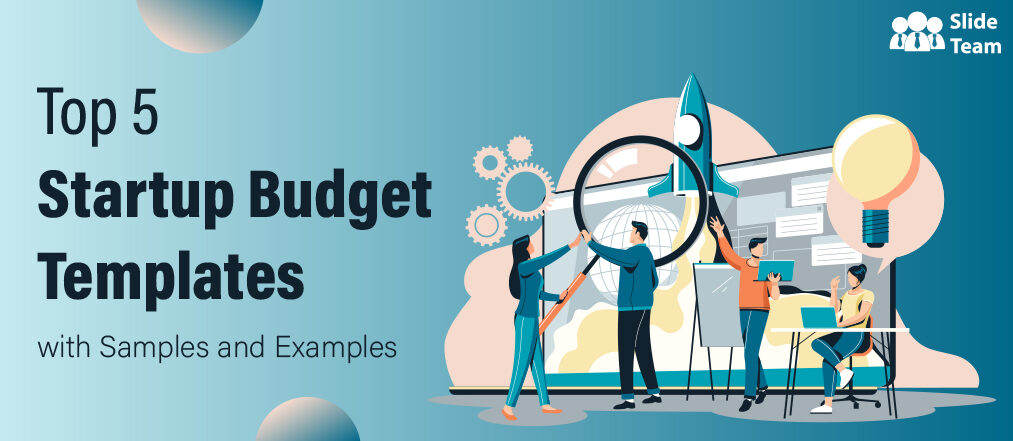


 Customer Reviews
Customer Reviews

